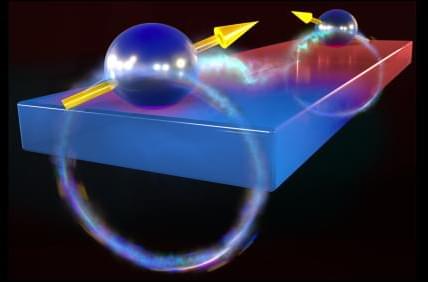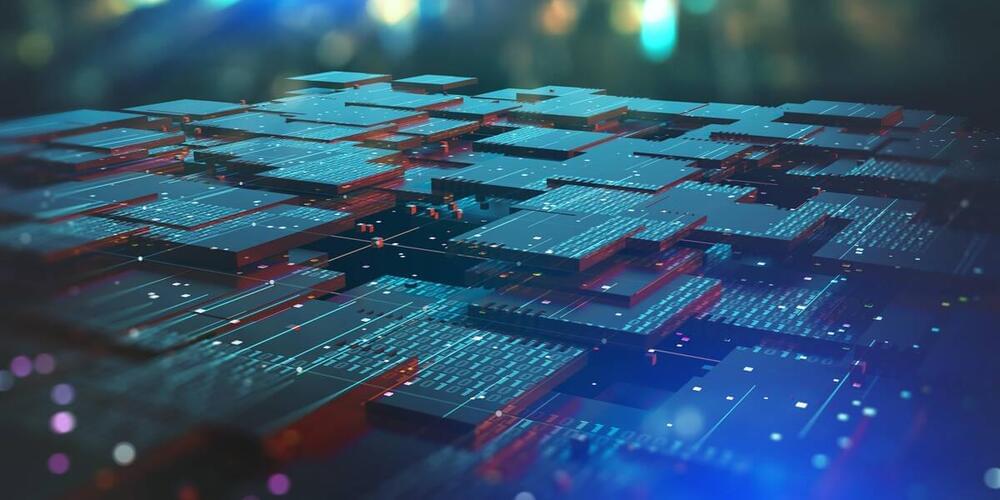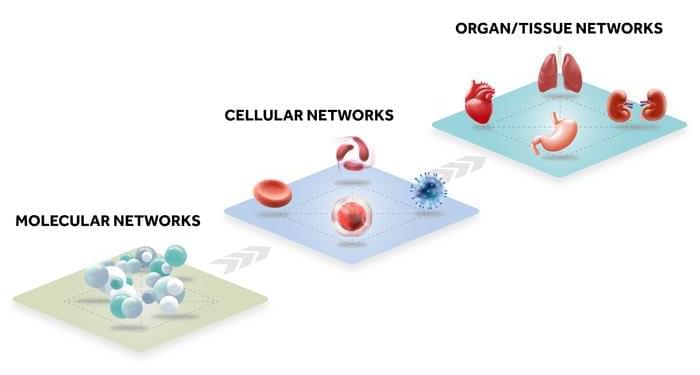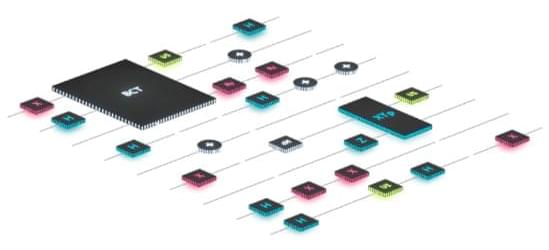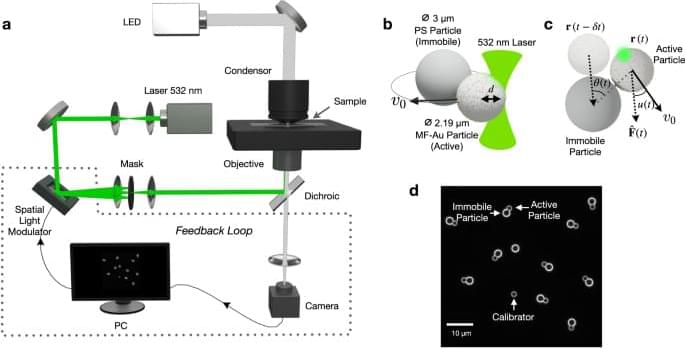When you push a button to open a garage door, it doesn’t open every garage door in the neighborhood. That’s because the opener and the door are communicating using a specific microwave frequency, a frequency no other nearby door is using.
Researchers from the U.S. Department of Energy’s (DOE) Argonne National Laboratory, the University of Chicago, the University of Iowa and Tohoku University in Japan have begun to develop devices that could use the same principles — sending signals through magnets instead of through the air — to connect individual qubits across a chip, as reported in a new paper published in the Proceedings of the National Academy of Sciences.
“This is a proof of concept, at room temperature, of a scalable, robust quantum technology that uses conventional materials,” said David Awschalom, the Liew Family professor in molecular engineering and physics at the University of Chicago’s Pritzker School of Molecular Engineering; the director of the Chicago Quantum Exchange; the director of Q-NEXT, a DOE National Quantum Information Science Research Center hosted at Argonne; and the principal investigator of the project. “The beauty of this experiment is in its simplicity and its use of well-established technology to engineer and ultimately entangle quantum devices.
